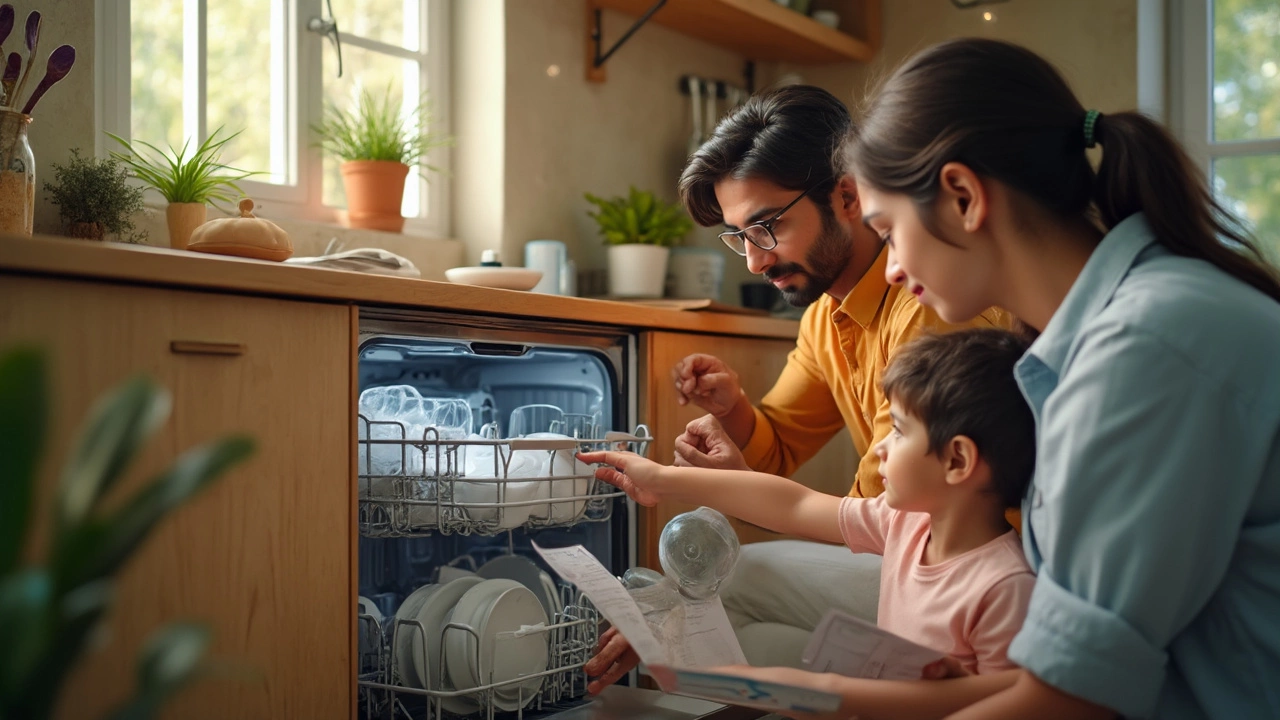Wondering if dishwashers can usually be repaired? This article explains which common issues are fixable and when it makes sense to try. Get tips on diagnosing problems, what to expect from a repair, and when to call in a pro or replace your machine. Skip the guesswork and figure out if your dishwasher is worth saving.
Broken Dishwasher? How to Diagnose, Fix, and Know When to Call a Pro
If your dishwasher just stopped working, you’re probably thinking about the pile of dishes waiting to be cleaned. Before you panic or order a new unit, try a few simple checks. Most problems are caused by something you can fix in under 30 minutes, and the steps below walk you through the most common issues.
Start with the Basics: Power, Door, and Settings
First thing’s first – is the dishwasher getting power? Check the outlet by plugging in a lamp or using a voltage tester. If the outlet is dead, reset the circuit breaker. Next, make sure the door latch is fully closed. A door that isn’t sealed will stop the cycle instantly. Finally, look at the control panel. Some models have a “child lock” that disables the start button. Turn the lock off according to the manual, or hold the start button for a few seconds to reset the electronics.
Common Problems and Quick DIY Fixes
1. Dishwasher Won’t Start – If the power is fine and the door is latched, inspect the thermal fuse. It’s a small, usually white component on the heating element. Use a multimeter; a reading of zero means it’s blown and needs replacement.
2. Not Draining – A clogged drain hose or filter is the usual suspect. Pull out the bottom rack, take out the filter, and rinse it under warm water. Then, detach the drain hose (usually behind the unit) and blow through it or use a flexible brush to clear debris.
3. Leaking Water – Look for cracked hoses, a faulty door gasket, or a loose spray arm. Tighten any loose clamps, replace a torn gasket, and make sure the spray arm can spin freely.
4. Noisy Operation – Rattling often means a foreign object (like a broken glass piece) got stuck in the pump. Remove the lower panel, locate the pump, and clear out anything metallic. If the noise is a grinding whine, the motor bearings may be worn – that’s a job for a pro.
5. Dishes Not Getting Clean – Check the water temperature. The dishwasher needs at least 120°F (49°C) water. Run the hot tap before starting a cycle, and clean the spray arms to ensure water reaches every corner.
Remember to turn off the power at the breaker before you pull any panels or hoses. Safety first, always.
If you’ve tried these steps and the dishwasher still acts up, it’s time to call a service center. Experienced technicians can diagnose hidden issues like a faulty control board, burnt-out heating element, or internal pump failure. Trying to repair those parts yourself can be dangerous and may void any warranty.
When you call a pro, have these details ready: model number, a quick description of the symptoms, and what you’ve already tried. This helps the technician bring the right parts and cuts down on wait time.
Bottom line: most broken dishwasher problems are either a power issue, a blockage, or a simple part that wears out. A quick visual check, a bit of cleaning, and a reset can save you a repair bill. But if the machine still won’t run, leaks heavily, or makes weird noises, trust the experts – they’ll get your dishes sparkling again without the guesswork.
